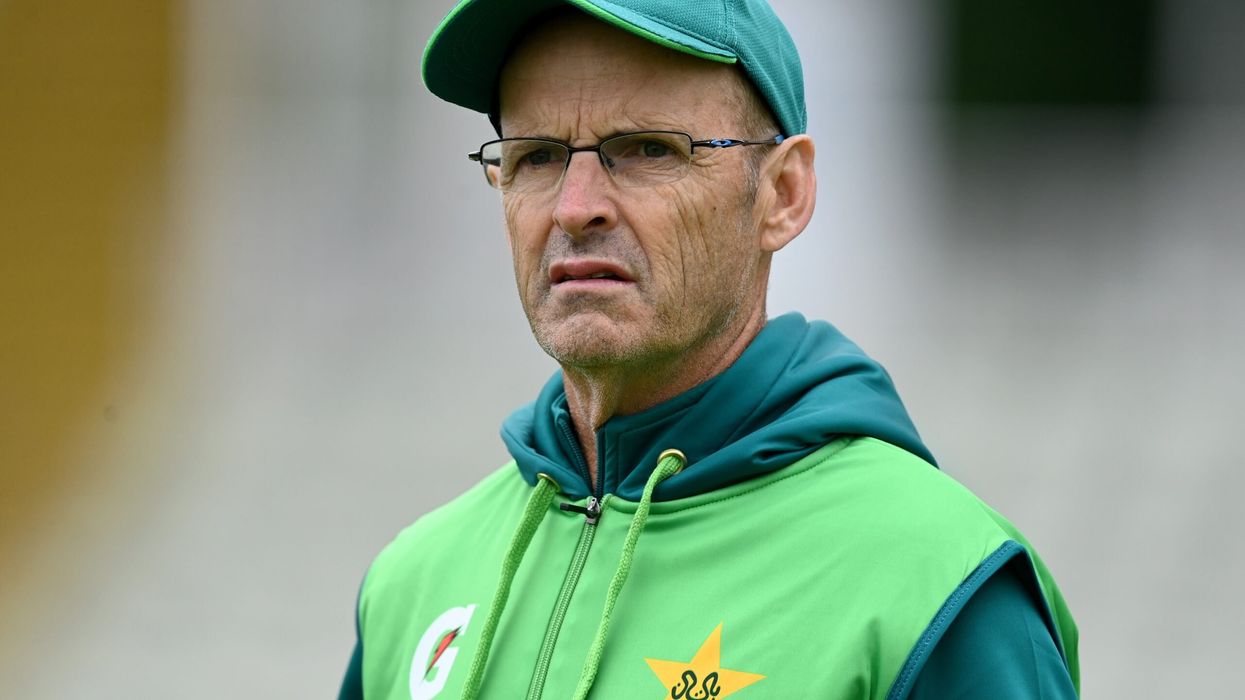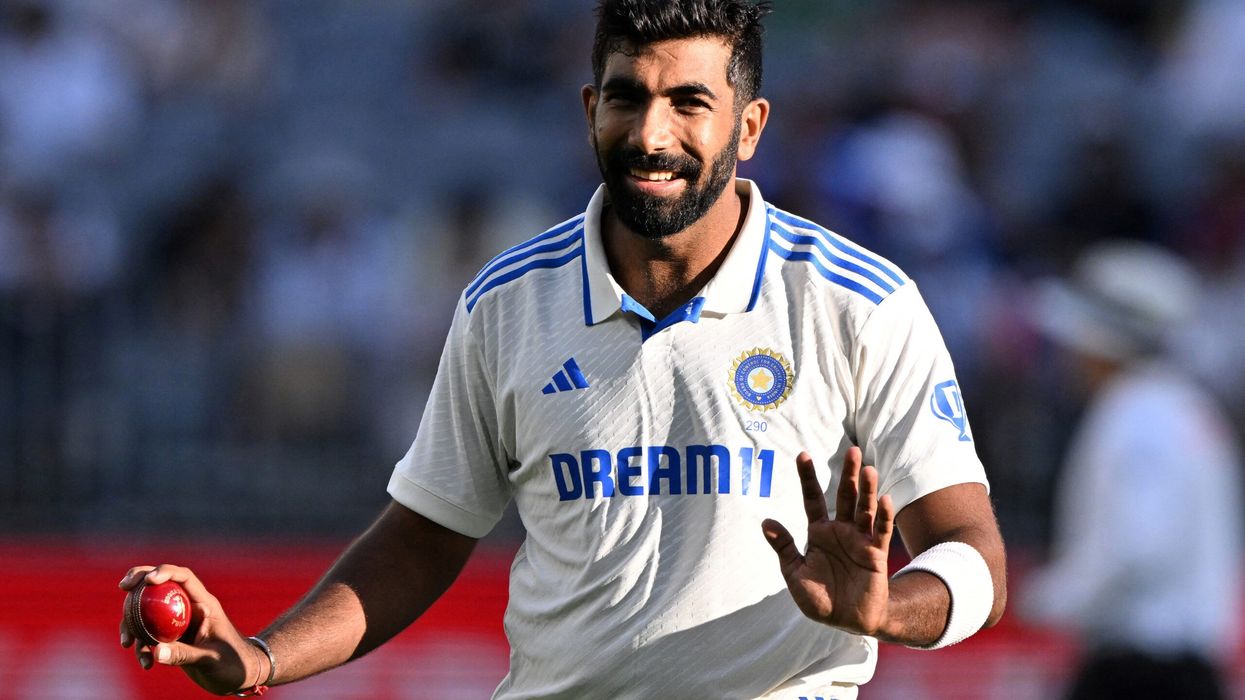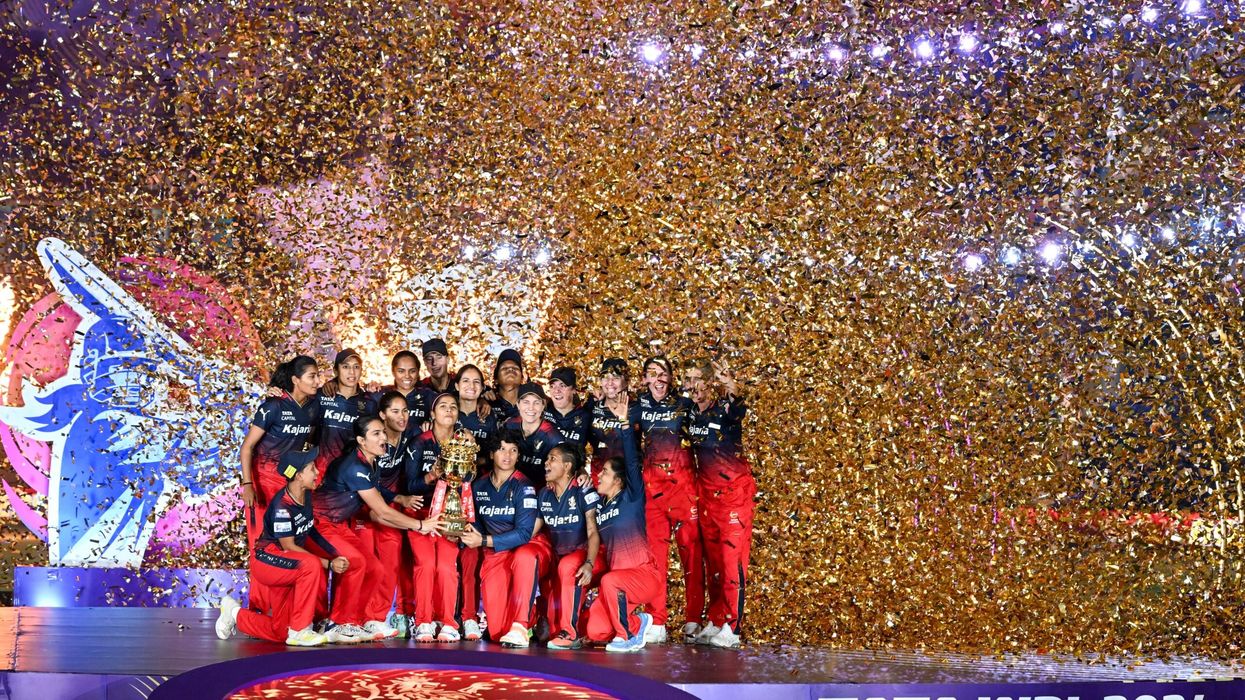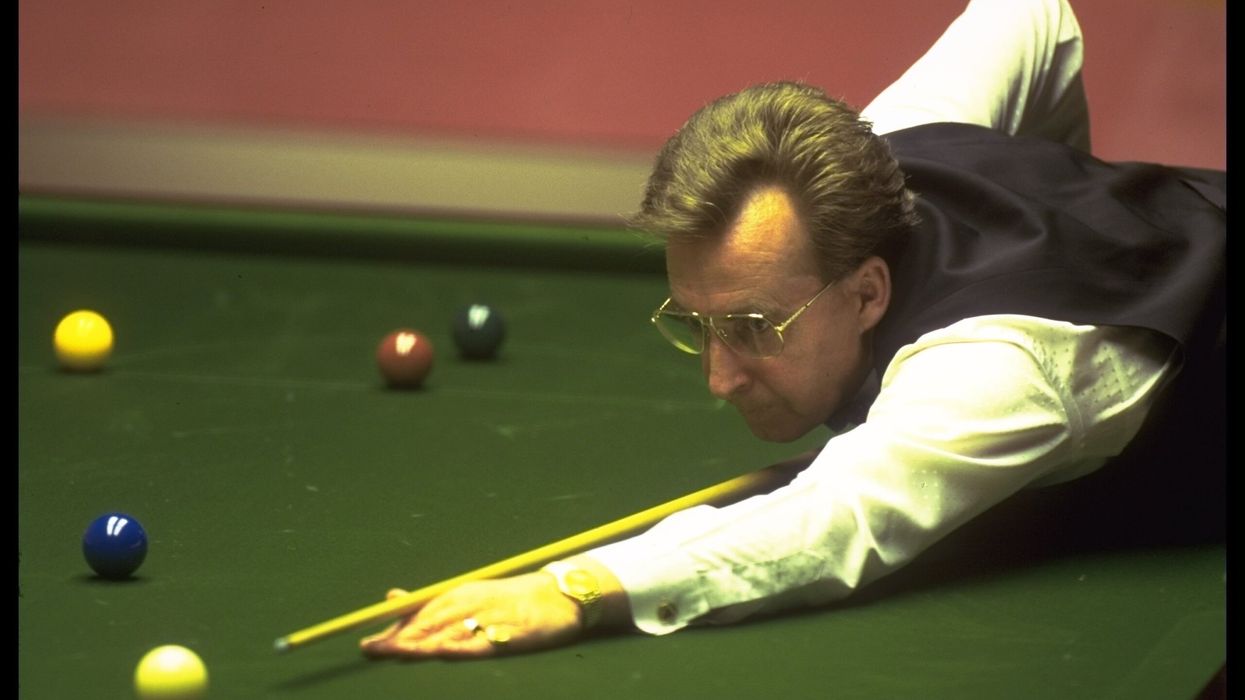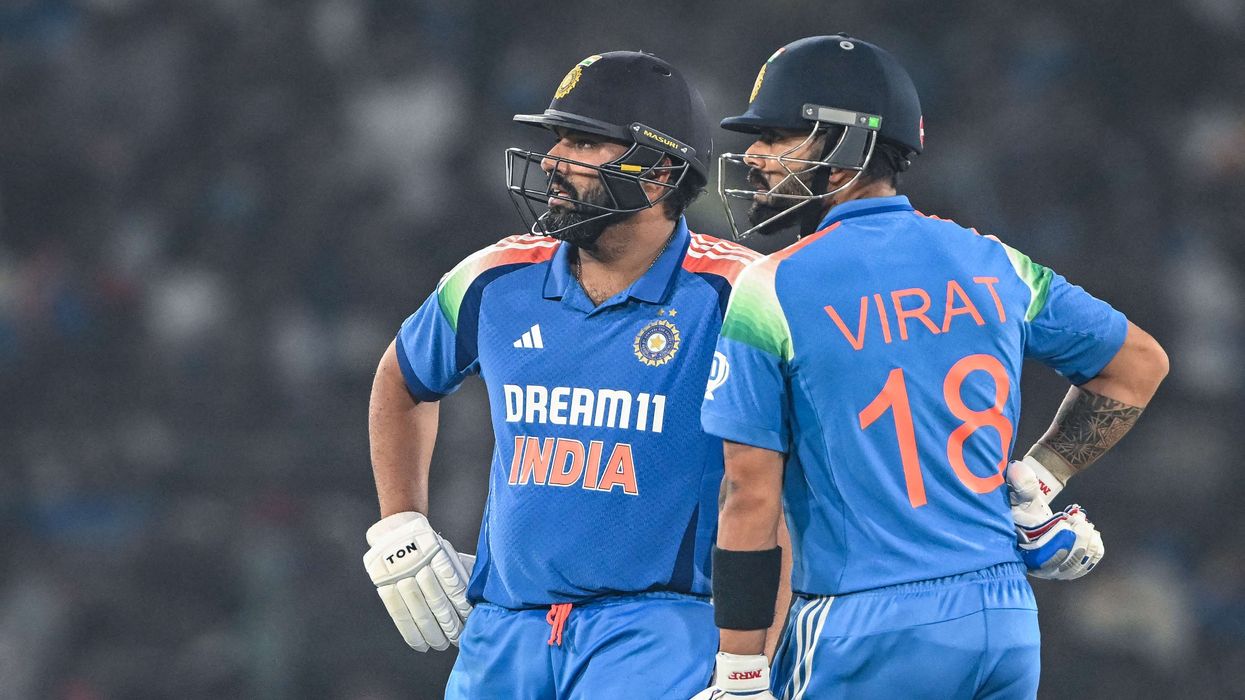PAKISTAN's white-ball head coach, Gary Kirsten, has resigned from his role just a week before the team's upcoming tour of Australia.
The Pakistan Cricket Board (PCB) announced his departure on Monday, stating that Test coach Jason Gillespie will step in as head coach for the tour.
The PCB statement did not provide reasons for Kirsten's resignation.
Reports suggest that both Kirsten and Gillespie were dissatisfied with a recent PCB decision that removed them from the squad selection process.
Kirsten has not yet commented publicly on his decision to step down.
Pakistan cricket has undergone frequent changes in leadership over the past two years, with several coaches, three board heads, four captains, and adjustments to its domestic competition formats.
This instability, some analysts argue, has affected the team's consistency on the field.
Pakistan recently achieved a 2-1 Test series win over England, marking its first home series victory since February 2021.
On Sunday, Mohammad Rizwan was appointed as captain for the white-ball tours of Australia and Zimbabwe, taking over from Babar Azam, who recently stepped down.
The Australia tour includes three one-day internationals in Melbourne, Adelaide, and Perth, starting on November 4, followed by three T20 matches.
Kirsten, a former South African cricketer, played 101 Tests and 185 one-day internationals from 1993 to 2004 and previously coached India to their 2011 World Cup victory.
(With inputs from AFP)
